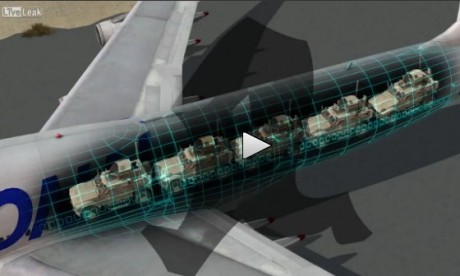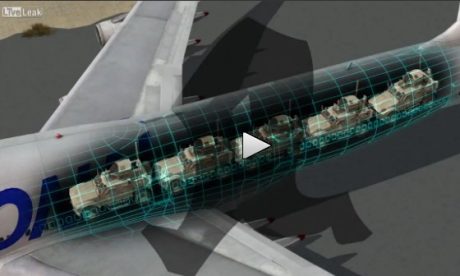The following video shows what may have caused the crash of a National Air Cargo Boeing 747-400 shortly after take off from Bagram Airfield, in Afghanistan, on Apr. 29.
As we reported on our first article on the accident, there are rumours that radio frequency monitors listened a crew report according to which the load had shifted just prior to the crash.
A sudden and violent shift of the CG (Center of Gravity) during initial climb, might have induced the impressive nose high attitude that is clearly visible in the shocking video recorded by a car dash camera.
At that speed and altitude, the aircrew could do nothing to recover the situation.
The animation below points towards the engine stall as the root cause of the crash; however, the wings stalled (they would stall even if the engines were working properly) and the aircraft almost fell from the sky like a stone.















